Filmmaking is an art form that has been around for centuries. But with the advent of digital technology, it has become more accessible to everyone. Whether you are a professional or just someone who wants to make home movies, there are some DIY hacks for filmmakers that can help you do your job better and more efficiently.
In this blog post, we will discuss ten of the best DIY hacks for filmmakers. With just some things that everybody has in their homes such as furniture pads, a broom pole, a suitcase, plastic wrap, and tin foil, you can become a professional-grade filmmaker in no time. So, read on to find out more!
10 Household Hacks For Filmmakers
Filmmaking can be a very challenging endeavor, but it can also be very rewarding. There are many things that go into making a film, and it takes a lot of hard work to make a good film. However, there are some shortcuts and tips that can help make the process a little easier. Here are 10 hacks for filmmakers that can help make your filmmaking process a little bit easier.
Use Furniture Pads Under A Tripod Or A Suitcase With Wheels As A Camera Dolly

Some films that require a lot of movement or tracking shots can be difficult to do without a dolly or a tripod. However, if you don’t have either of those things, you can use furniture pads or a suitcase with wheels as a camera dolly.
To do this, simply place the furry furniture pads under the tripod. If you don’t have any furry furniture pads, you can use a suitcase with wheels. Just make sure to put a towel under the camera to secure it on the suitcase.
This hack is great for filmmakers who don’t have a lot of money or those who are just starting out. It’s also a great way to get creative with your shots.
- Convenient and Convertible - These furniture sliders can convert from carpeted surfaces to hardwood, tile, and laminate surfaces with the addition of a fuzzy, surface-friendly "sock." These reusable sliders make moving, cleaning or rearranging your furniture a one-person job.
- Reusable for Hardwood and Carpet - These furniture movers can be used over and over again and on multiple kinds of surfaces.
- Easy to Install - For carpet: slide under furniture, foam-side up, hard plastic down. For hard surfaces: slip the sock securely around the slider, covering the hard plastic, placing furniture on foam.
- Material - These furniture sliders provide proper weight distribution and a secure grip; Sliders are made of hard plastic and long-lasting durable foam. Soft, fuzzy socks added to protect hardwood floors.
- Pack Includes: (4) 5" round furniture sliders, Beige with (4) 5" round fuzzy socks, Gray
Use A Broom Pole Or Paint Pole As A Boom Pole
A boom pole is an essential piece of equipment for any filmmaker. It allows the camera to be positioned away from the actor or action, providing a more flattering shot. However, a boom pole can be expensive, and not everyone has the money to purchase one. One alternative is to use a broom pole or paint pole as a boom pole. This can be a great option for those on a budget, and it can be just as effective as a traditional boom pole.
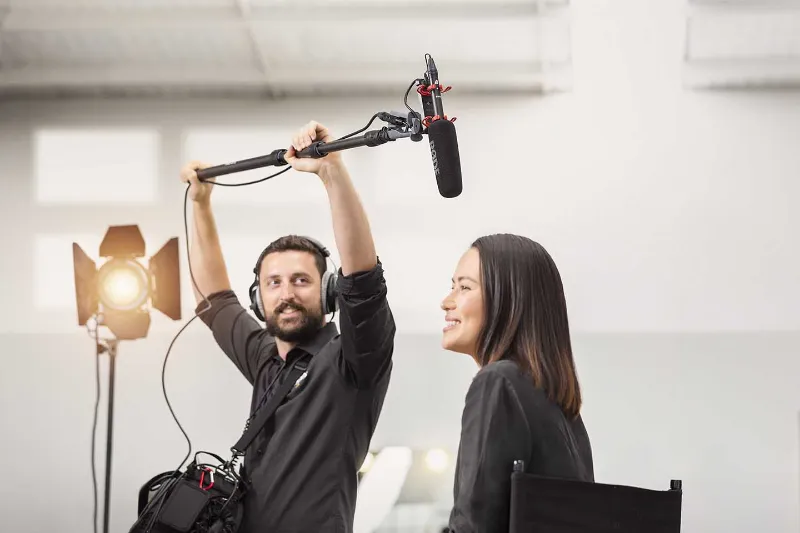
To use a broom pole or paint pole as a boom pole, simply attach the camera to the end of the pole using a mount or clamp and wrap it with tape. Then, extend the pole to the desired length and position it above the scene. This will allow you to get the shot you want without breaking the bank.
- 33 inch Collapsible Pole Extends Up To 60 inches
- Prevent Painful Blisters With the Soft Neoprene Grip, No Gloves Needed
- Fits All Standard US Threaded Brooms, Grout Brushes, Window Squeegees and Mop Heads
- Pole Can Hang From Peg or Cleaning Closet Hook
- Strong Construction and Durability for Big Cleaning Jobs
Use A Wallet As A Lens Filter Case
Filters are an important part of filmmaking and can help to improve the quality of images and videos. To make sure that won’t be lost and scratched, you have to store it in a case. A great hack for filmmakers is to use a wallet as a lens filter case. This will help to keep the filters organized and protected.
Simply place the filters in the wallet and then put the wallet in a safe place. This is an easy and effective way to store lens filters.
Use White Paper As White Balance Custom Tools
In filmmaking, achieving an accurate white balance is essential for creating a natural and consistent image. While many digital cameras have presets to help with this, there are times when these settings don’t produce the desired result. In these cases, filmmakers can use white paper as a custom white balance tool.
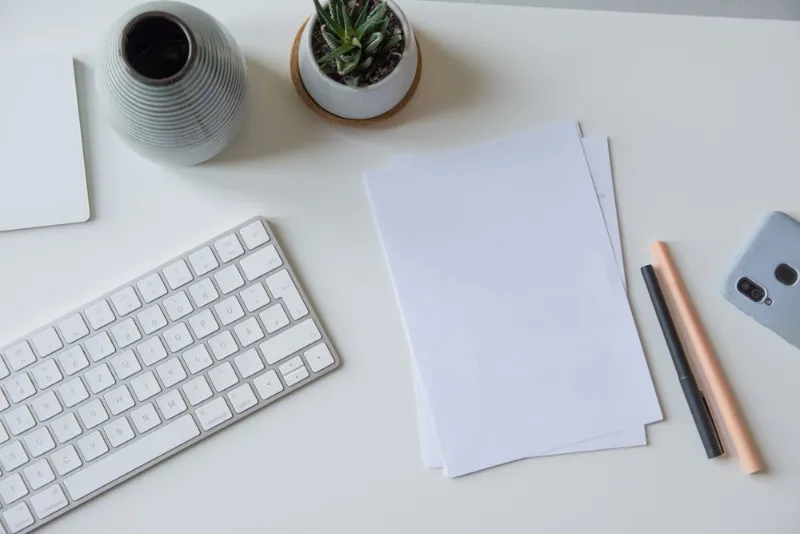
To do this, first find an area of even, diffused light. Then, place a sheet of white paper in front of the camera and take a photo. Next, go into your camera’s white balance menu and select the option to use a custom white balance. Finally, select the image that you just took of the white paper as your reference. This will ensure that your whites are balanced and your image looks natural.
- PROFESSIONAL GRADE GAFFERS TAPE – BUY AMERICAN. This tape is what the pros use. It's industry standard, premium grade gaffer tape, not the fake ‘gaffer tape’ being sold on Amazon. Our tape is MADE IN THE USA and has the specifications of ‘premium grade’ gaffer tape. THANK YOU FOR BUYING AMERICAN - 889 CERTIFIED
- YOUR GEAR, CABLES AND SURFACE ARE SAFE AND INTACT – Whatever you use Gaffer Power on, it holds it down solid but is very easily taken off, leaving no residue. The adhesive will not peel back up. Your gear will remain protected and completely undamaged.
- NON-REFLECTIVE, EASY TO RIP AND WATER RESISTANT – Using it on set or stage? it blends discreetly into the background; Tear strips easily with hands no matter the size. This a strong cotton cloth pressure-sensitive tape with strong adhesive properties. Works great indoors or outdoors.
- ESSENTIAL TO ANY TOOLBOX – So many uses; secure your computer, TV or any other cables down to the floor and out of harms way; tape doors and windows to prevent drafts. Gaffer Power has hundreds of uses…it’s even used for boat and car repairs!
- PEACE OF MIND SHOPPING - We sell real professional gaffer tape and if you're not satisfied, we back it up with a replacement roll. You’ll receive a beautiful fresh roll, no mess, no hassle. SCROLL DOWN TO PRODUCT GUIDES AND DOCUMENTS to have all your questions answered with our FAQ PDF.
Use Wax Paper As Light Diffusing Tools
Light diffusing tools are an important part of filmmaking. They help to create a more even and flattering light on the actors and actresses, which can make them look better on camera. There are many different types of light diffusers available on the market, but one option that is often overlooked is wax paper.
Wax paper is a cheap and easy way to diffuse light, and it can be found in most kitchen pantries. Simply hold the wax paper up to the light source and it will help to soften the light and create a more flattering look.
- Use in microwave ovens to prevent splatters without melting into container, or use to wrap food
- Wrap sandwiches, desserts, popcorn balls and caramels
- Allow your dipped chocolates and candies to cool on this nonstick surface
- Country of origin is United States
Use Colorful Poster Board As A Blue Screen
A blue screen, also known as a chroma key, is an essential tool for filmmakers. By using a blue screen, you can easily remove the background of a scene and replace it with another image or video. This can be used for special effects, such as adding a celebrity to a scene or creating a new environment.
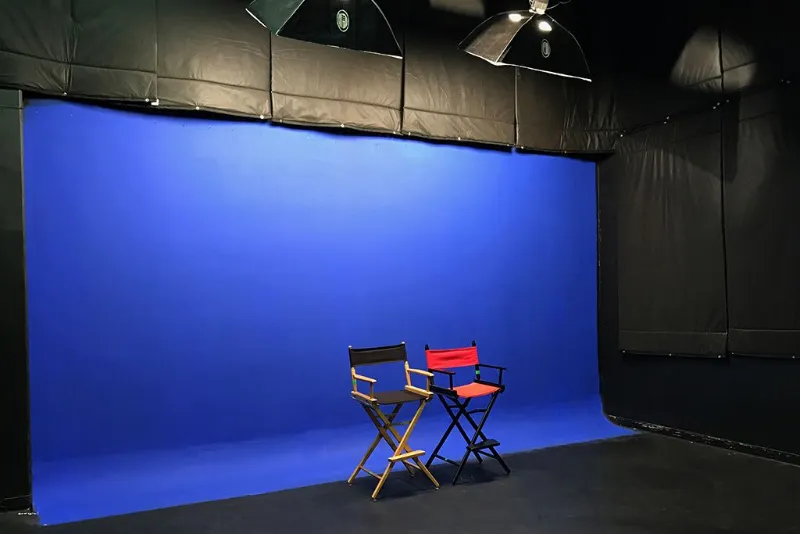
One way to create a blue screen is to use a poster board. First, tape the poster board to a wall or other flat surface or at an ideal position for your film. Make sure that there are no wrinkles on the poster board, as this will make it difficult to remove the background later.
Once the poster board is in place, you can start filming your scene. When you are finished, you will need to use video editing software to remove the background. This way is ideal if you just want to use a small blue screen for the scene.
- Sold as 4/Carton.
- Lightweight, single-wall corrugated board for easy portability.
- Black on front, Natural Kraft on the back side.
- Comes in blue, green, yellow, red colors on the front side and natural kraft on the back. Perfect for projects, booths and displays.
- Four boards per carton for use in multiple projects. Trifold, single-wall corrugated board.
- Serve as eye-catching display boards with a smooth, uniform finish and vivid colors on both sides
- Great for fun photo backings, vision boards, science or book fair displays, and more fair
- Work exceptionally well for stenciling and block printing
- Sturdy 4-play constructed while still being easy to cut and trace
Use Tin Foil As A Light Bounce Board
If you’re looking for an easy way to improve the quality of your lighting, try using tin foil as a light bounce board. By reflecting light off of the foil, you can create a softer, more diffuse light source that’s perfect for adding depth and dimension to your shots.
To do this, simply wrap a sheet of tin foil around a piece of cardboard or foam board, and position it so that it reflects light onto your subject. You can experiment with different positions of the foil to get the desired effect. Just be sure to use tape or something similar to secure the foil in place, so it doesn’t move around during shooting.
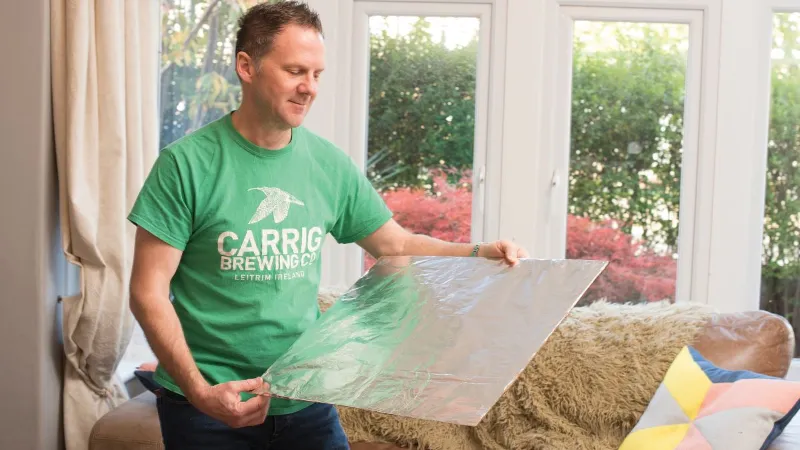
This simple hack can make a big difference in the quality of your lighting, so give it a try the next time you’re filming. You’ll be surprised at the results!
Use Your Cell Phones As Microphones
Most people carry a cell phone with them wherever they go, and most cell phones have some form of built-in microphone. This makes them the perfect tool for recording audio when you’re filming a movie or video. Simply hold the phone up to the person or object you want to record, and hit the record button.
If you have an old cell phone that you don’t use anymore, you can even repurpose it as a dedicated audio recorder. Just install a recording app (such as Easy Voice Recorder on Android or Voice Memos on iPhone), and attach the old cell phone to a boom pole or other mount by tape. This way, you’ll always have a high-quality microphone on hand for your movie or video projects.
Use Plastic Ribbons On Clothing As A Lens Flare Effect
Lens flares are a great way to add visual interest to your shots, and they can be created in a number of ways. One easy way to create a lens flare is to use transparent plastic ribbons on women’s clothing.
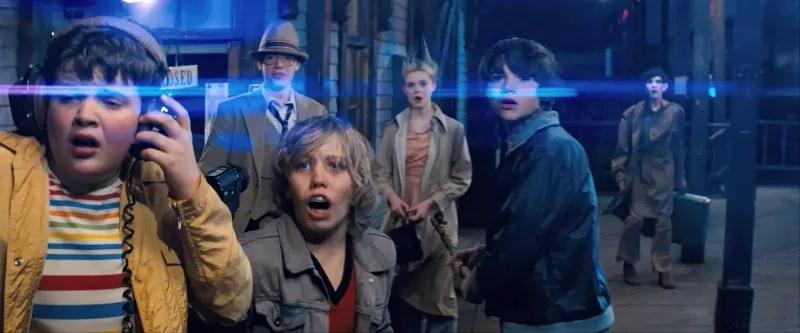
First, make sure that you are using a wide aperture lens. Then, color the transparent plastic ribbons on women’s clothing with a blue marker. Finally, hold the ribbon in front of the lens and angle it so that the light hits it directly.
This will create a beautiful lens flare effect. You can experiment with different colors and lengths of ribbons to get different results. However, be sure only to use this way with wide aperture lenses, as the narrow aperture can easily focus on the ribbons.
Use The Sleeve As A Lens Filtration
Lens filters are a valuable tool for filmmakers. They can help to improve the quality of an image or to change the look and feel of a scene. There are many different types of lens filters, and each can be used for a different purpose.
Because the aperture of a movie camera is typically much wider than that of a still camera, there is often more light entering the lens. This can result in an image that is too bright or with too much contrast. By using a neutral density filter, filmmakers can reduce the amount of light entering the lens, and thus create a more even exposure.

Another way to reduce the amount of light in the lens is by wrapping the lens with your black sleeve. Simply cut the sleeve and put it over the lens, and then secure it with a rubber band. This will create a crude but effective way to reduce the amount of light entering the camera and can be very helpful when shooting in bright conditions.
Lens filters can also be used to change the look and feel of a scene. Also, you can use a sleeve in a different color to create the best effect. For example, by using a blue sleeve, filmmakers can create a scene with a cool, blue tone. Or, by using a warm sleeve, they can give the scene a more inviting and relaxed feel.
There are just a few of the many ways that filmmakers can use to improve their shots. So next time you’re filming, be sure to experiment with different types of hacks for filmmakers to see what effects you can create.
Things To Keep In Mind For Every New Filmmaker To Get The Perfect Footage
Making a film is a complex process that takes a lot of time, effort, and skill. Here are some tips to help you get the perfect footage for your project:
Plan Ahead
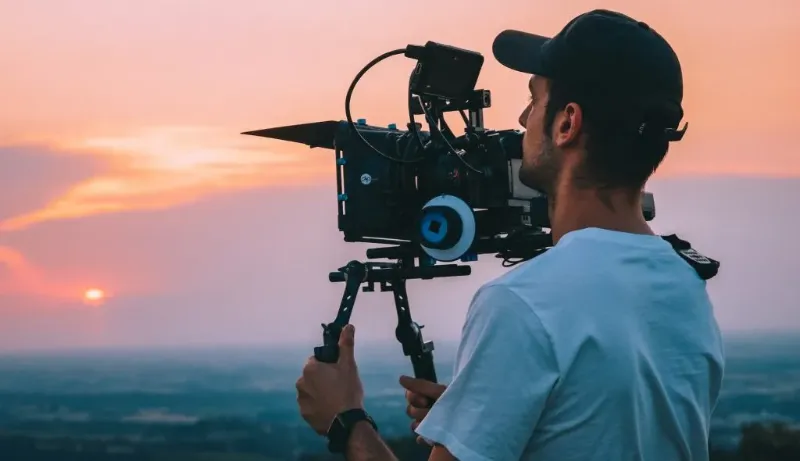
It’s important to have a clear idea of what you want to achieve before you start shooting. Establishing a shooting schedule and storyboard can help you stay on track and avoid wasting time and money.
Choose the Right Equipment
Make sure you have the right camera, lenses, and other equipment for the type of footage you want to capture. Researching and renting gear before you buy can save you a lot of money in the long run.
Get to Know Your Camera
Your camera is your most important tool as a filmmaker. It’s important to get to know your camera inside and out so you can make the most of its capabilities and get the best footage possible. Here are some tips to help you do that:
- Learn the basics of how your camera works. Familiarize yourself with the basic controls and functions so you can use them confidently and effectively.
- Experiment with different settings and try out all the features your camera offers. This will help you understand its capabilities and how to get the results you want.
- Get to know the different lenses available for your camera and experiment with them to see how they affect your shots.
- Take lots of practice shots and test out different techniques to see what works best for you.
- Keep your camera well-maintained and clean, so it stays in good condition and continues to produce great results.
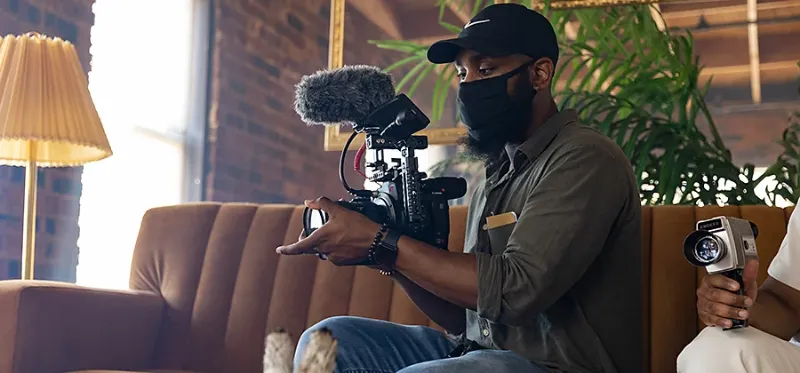
Shoot in Manual Mode
One of the best ways to get great footage is to shoot in manual mode. This gives you full control over your camera settings and allows you to get the exact results you want.
Use a Tripod
A tripod is an essential piece of equipment for any filmmaker. It stabilizes your camera and prevents shaky footage. It also allows you to shoot in low-light conditions and capture long exposures without blurring.
Invest in Good Lighting
Lighting is the key factor for any film. Different lighting tones create different effects as well as emotions. Good lighting can make a huge difference in the quality of your footage. Investing in some good-quality lights will help you get the results you want.
Edit Your Footage Carefully
Editing is an important part of the filmmaking process. It’s where you put all the pieces of your film together and make it into a cohesive whole. Editing can be time-consuming, so be patient and take your time to get it right.
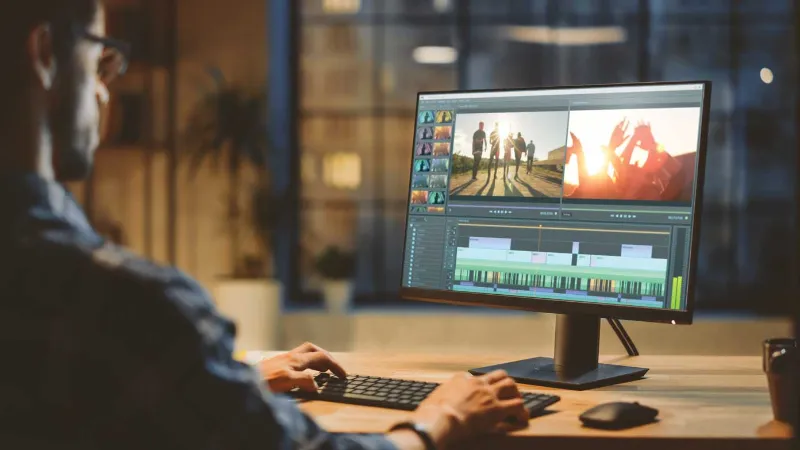
Add Music and Sound Effects
Music and sound effects can really enhance your film and make it more engaging. Choose your music carefully and make sure it fits with the mood and tone of your film.
Color Grade Your Footage
Color grading is the process of adjusting the colors in your footage to create a specific look or feel. This can really improve the overall quality of your film and make it feel more professional.
Share Your Film With the World
Once you’re happy with your film, it’s time to share it with the world. There are a number of ways to do this, so find the one that works best for you. You can upload it to YouTube, Vimeo, or another video-sharing site. You can also submit it to film festivals or enter it into contests. Whatever you do, just make sure you get your film out there and share it with as many people as possible.
Making a great film takes time, effort, and skill. But if you follow these tips, you can get the perfect footage for your project. Just remember to plan ahead, choose the right equipment, and take your time. With a little hard work, you can make a film that’s sure to impress.
FAQs
Q: What do filmmakers do?
A: Filmmakers are responsible for the entire creative process of making a movie, from coming up with the idea to editing the final product. They work with writers, producers, and actors to bring their vision to life on the big screen. Filmmaking is a collaborative art form that requires skills in many different areas, from storytelling and cinematography to marketing and budgeting.
So, filmmakers use video and audio equipment to create films. They may also work on the post-production process, which includes editing and color correction. Some filmmakers also work as directors, producers, or screenwriters.
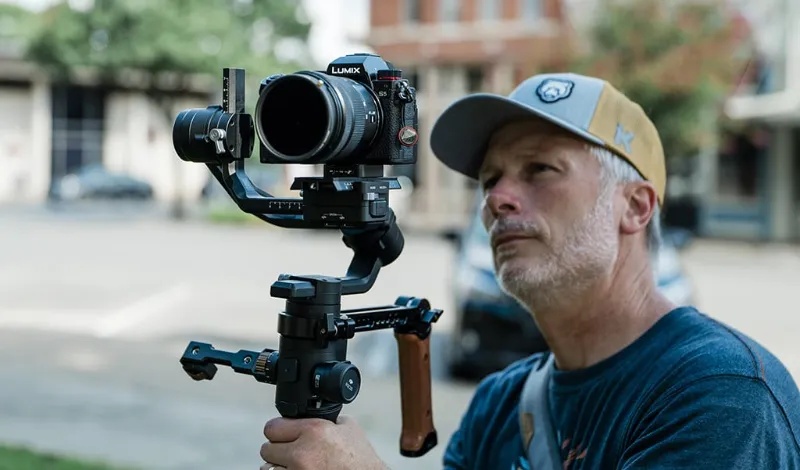
Q: How do you become a filmmaker?
A: There is no one-size-fits-all answer to this question, as the best way to become a filmmaker may vary depending on your experience, skills, and resources. However, some tips on how to become a filmmaker include studying the craft, making short films, networking with other filmmakers, and pursuing a career in film production. Additionally, it is also important to have a strong passion for filmmaking and storytelling if you want to be successful in this field.
Q: How can I improve my filmmaking?
A: There are many ways to improve your filmmaking skills. You could take classes at a film school, or watch tutorials online. You could also get involved in film projects with other filmmakers, and learn from their experiences. Whatever method you choose, the important thing is to keep learning and improving your craft.
Q: What kind of equipment do filmmakers use?
A: Filmmakers use a wide variety of equipment to create their films. This can include cameras, microphones, lights, and editing software. Each piece of equipment serves a specific purpose in the filmmaking process.
For example, cameras are used to capture footage, while microphones are used to record audio. Lights help to create the desired mood or atmosphere in a scene, and editing software is used to put together the final film.
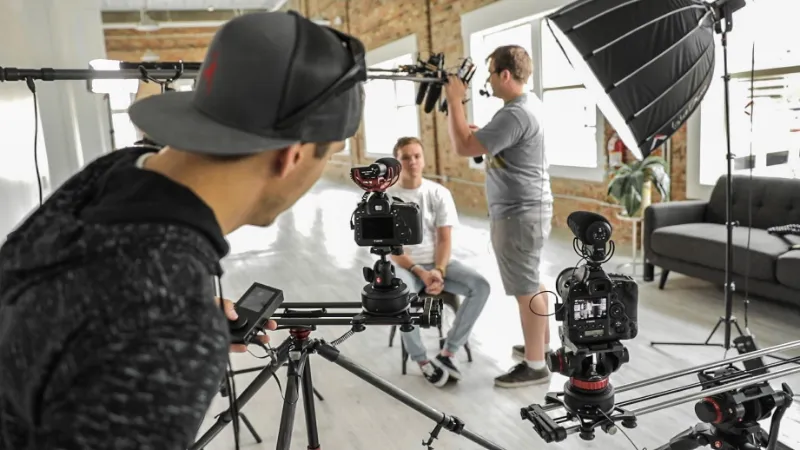
Q: What are the challenges of being a filmmaker?
A: One of the biggest challenges for filmmakers is getting their films seen by a wider audience. There are many films out there, and it can be difficult to get people to watch something that doesn’t have a big star attached to it.
Additionally, filmmaking is an expensive art form, and it can be difficult to raise the money necessary to make a film. There are also a lot of logistical challenges that come with making a film, from finding the right location to dealing with the cast and crew. But ultimately, the biggest challenge for filmmakers is simply getting people to see their work.
Q: What are 5 film techniques?
1. Camera angles: The angle at which the camera is positioned in relation to the subject can create different effects. For example, a high-angle shot looking down on the subject can make them appear small or vulnerable, while a low-angle shot looking up at the subject can make them appear powerful or threatening.
2. Lighting: The way in which a scene is lit can also create different effects. For example, using bright, harsh lighting can create a feeling of tension or menace, while softer, more muted lighting can create a feeling of warmth or intimacy.
3. Sound: The use of sound in a film can also be used to create different effects. For example, eerie, suspenseful music can make a scene more frightening, while lighthearted or comedic music can make a scene more humorous.
4. Editing: The way in which a film is edited can also affect the way the audience perceives it. For example, using quick, jarring edits can create a feeling of unease or suspense, while using slow, languid edits can create a feeling of tranquility or peace.
5. Visual effects: The use of visual effects can also be used to create different effects in a film. For example, using special effects to make a character appear floating in mid-air can create a feeling of wonder or magic, while using computer-generated effects to make a scene look more realistic can create a feeling of authenticity.
Conclusion
Filmmaking is an art form that can be incredibly rewarding, but it’s also a lot of hard work. These 10 hacks for filmmakers will help you make the most of your time in front of and behind the camera. From organization to collaboration, these tips will help you take your filmmaking skills to the next level. What hack do you find most helpful? Comment below to let us know!






